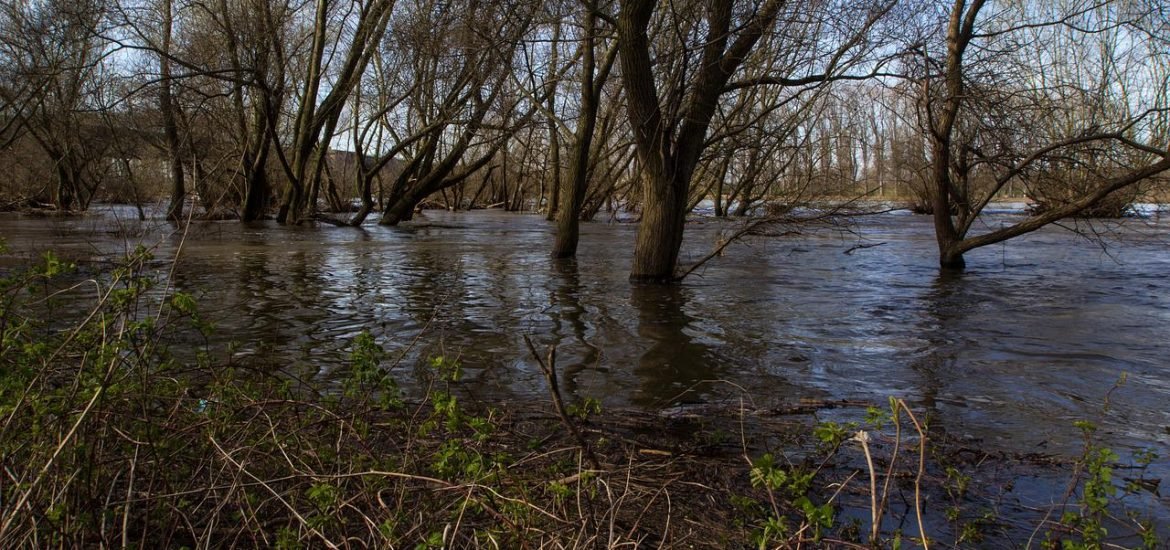
Microplastics are deposited in river floodplains and carried down to deeper levels, according to a study published in the journal Science of the Total Environment. Local topography, frequency of floods, and soil characteristics can affect the amount of plastic particles that are deposited and potentially carried into deeper soil.
A team of researchers from the Universities of Cologne and Bayreuth, led by Professor Dr. Christina Bogner and Dr. Martin Löder at the University of Bayreuth, evaluated the Rhine floodplain Langel-Merkenich north of Cologne for the presence of microplastics. The authors also collected soil samples in three transects and two soil depths at increasing distances from the river. This work is part of the German Research Foundation’s Collaborative Research Centre 1357 Microplastics.
Researchers know that microplastics are transported in the rivers until they reach the ocean. However, there’s a proportion of these tiny plastics that never reach that end destination. Microplastics also interact with river sediments and can end up deposited somewhere along the shore. The researchers wanted to investigate what happens to these particles after a significant flood. They were particularly interested in finding out how microplastics are distributed in the soil.
To measure the amount of microplastics, the team used micro-Fourier transform infrared spectroscopy (microFTIR spectroscopy). This method allows to determine the plastic type of each particle down to a size of 10 µm. After analysis, the authors found between 25,000 and 51,000 particles/kg soil in the top 5 cm, but this value went up to 84,000 particles/kg soil in the deeper sample (5-20 cm). About 3/4 of the particles were smaller than 150 µm.
“The smaller the microplastics, the more likely they are taken up by soil organisms and can potentially harm them. In our Collaborative Research Center, we are looking into issues of formation and transport behaviour of microplastics in the environment. Additionally, we are analysing how precisely and in what quantities microplastics could be harmful to soil organisms,” said doctoral researcher Markus Rolf.
It turned out that the distribution of microplastics depends on two factors: the topography at the surface and how frequently the location is subject to a flood. When there’s a flood, microplastics accumulate in the floodplains of the Rhine and are subsequently transported to deeper layers, especially in areas that are covered in grass and show earthworm activity.
“Our interdisciplinary approach can also be applied to other floodplains to elucidate similar processes. This kind of information is crucial both for locating potential microplastics sinks for sampling protocols and for identifying areas of increased bioavailability of microplastics for ecological risk assessment,” concluded Professor Bogner.
Rolf M, Laermanns H, Kienzler L, Pohl C, Möller JN, Laforsch C, Löder MGJ, Bogner C (2022) Flooding frequency and floodplain topography determine abundance of microplastics in an alluvial Rhine soil. Sci Total Environ. 836:155141. doi: 10.1016/j.scitotenv.2022.155141.
Thanks for sharing this, very informative!